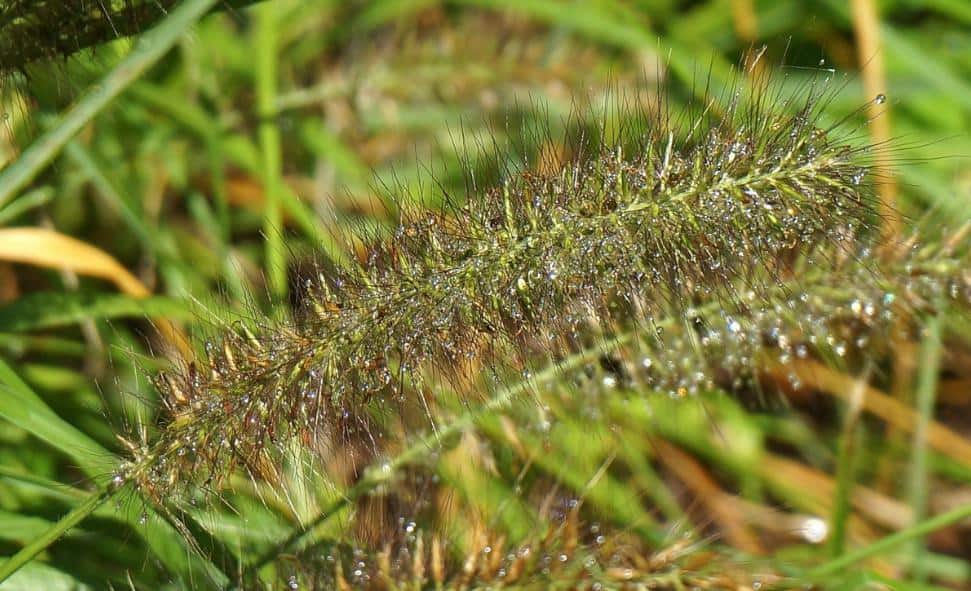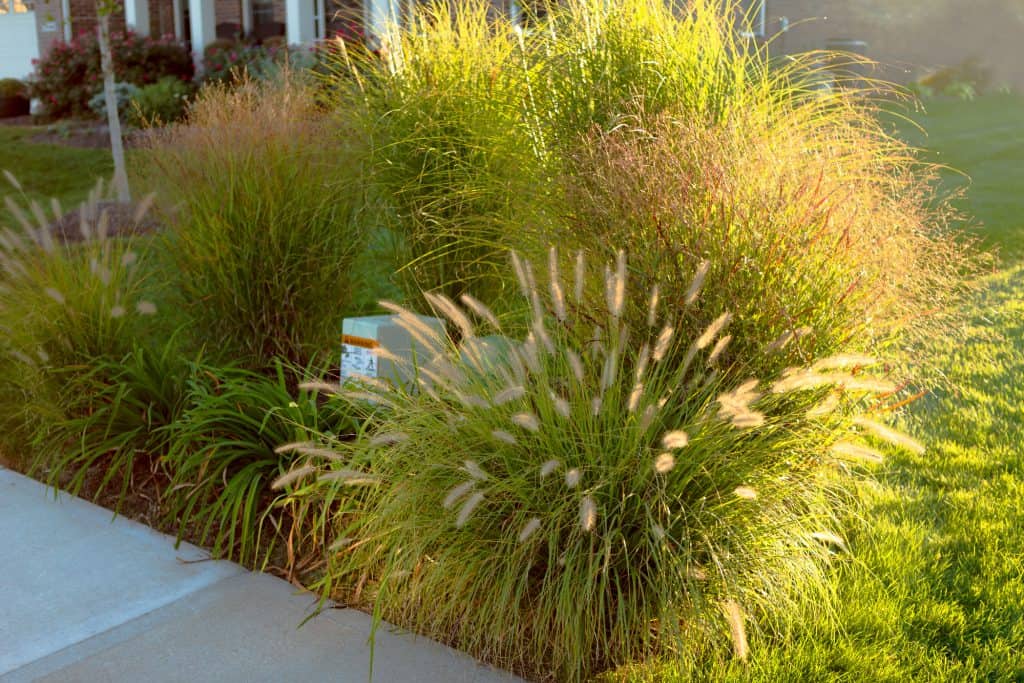When it comes to the plants in your garden, the first sign of a browned leaf might be enough to get you worried about the plant’s condition. After all, it’s love. One very common plant that most gardens and lawns have these days is ornamental grass. These are trouble-free plants that don’t really require much maintenance but are great at adding texture to your garden.
Unfortunately, their low-maintenance nature also means that when the time comes to actually maintain them, not everyone knows what to do. For example, a very common question that people ask about ornamental grass is why it is dying in the center and what can be done about it.
Ornamental grass browning up from the center simply means that your plant is now getting old and should be divided to recover the aesthetic appeal of the same. However, there are several key elements to consider when dividing the plant, maintenance after dividing, and understanding what can be done to avoid the drying of grass in the middle.
Understanding Why Ornamental Grass Is Dying in the Center

Before we get into the specifics of what you can do about DYING grass in the center of your ornamental grass plant, it is important that you identify whether the grass is actually dying or just DRYING. This is because drying and wilting grass in the middle of your ornamental grass plant might mean:
- Disease. The first blades to die when the ornamental grass catches a disease are in the middle. However, it is important to note that ornamental grass is considered a hardy plant.
- Root-bound plant. When this happens, you will find that not only are the inner blades drying out (and eventually dying), but the tips of your plant’s outer blades will also start to dry up.
- Water issues. If you fail to understand how much water ornamental grass needs, chances are that you might make a mistake. You will need to water the same every alternate day as it grows. However, once established, you will have to space out watering by around 3 to 4 days.
If, however, the grass in the middle is actually dead while the outer leaves are still thriving, it means that the plant has simple had it with life. You need to pull it out and divide it to promote fresh growth.
The best time to divide ornamental grass is a week or two after the spring season has begun. Look for new bloom along the outer blades of your grass. At this point, the plant has recovered from the winter and is ready to grow. You will need to dig everything out, comb the roots, discard the dead leaves/clumps, and replant those clumps. We will discuss how you can divide your ornamental grass in a later section. It usually takes the grass two to three years to start dying and ‘become old’. However, you don’t necessarily have to wait out the entire period. We have found that if you divide your ornamental grass before it starts dying out, you actually get much better results.
In our experience, all it takes is just one plant of ornamental grass and after about eight to ten years, you will find yourself looking for someone to gift the new clump to. We recommend keeping a reliable and sharp spade close by. Those folding ones don’t count as reliable, by the way.
Ornamental Grass Problems
As mentioned above, there are numerous reasons the grass at the center of your ornamental grass might be dying. It is up to you to determine what the problem is before you start digging. Apart from the drying and wilting of leaves, one major identifier that you should keep an eye on when it comes to the ornamental grass is its leaves’ color.
While diseases might lead to dried out leaves as well, you can also identify diseases with the leaves’ color or color patches on top.
One of the most common diseases ornamental grass can suffer from includes rust. You can identify it with yellow, red or orange blisters on the outer leaves. You will need to remove the affected area as soon as you find it to make sure you don’t end up losing the whole plant. To avoid rust, we recommend planting your ornamental grass plants far apart for effective air circulation.
Some other diseases that ornamental grass can suffer from include:
- Powdery Mildew. This is a type of fungus that is quite literally a powdery mildew present on the plant resembling a cobweb.
- Anthracnose. This is another fungal disease that can result in lesions forming on the leaves themselves. Again, you need to ensure proper air circulation between plants to avoid this disease.
- Aphids
- Mites and other pests
Pests often stick to grass leaves and kill them by sucking the nutrients and water that flows within. You can see aphids on your grass in the form of small, wooly, white spots. You can either remove them by hand or use a high-powered spray.
Mites, on the other hand, are much more difficult to identify since you can’t see them with the naked eye. A prime indicator that your plant is suffering from a mite infestation is that you will start seeing webbing on and within your plants. Removal is relatively easy and can be done with a high-powered garden hose.
Fixing Grass Drying in the Center – How to Divide & Revitalize

Fixing the dead center of your ornamental grass by dividing is a rather simple process which can be done within 10 to 15 minutes, but the effects will most likely take some time to show. Before you begin, it is important that you water the plant thoroughly for two to three days. You will need:
- A garden hose
- A sharp and reliable spade
- At least 4 different pots per plant of ornamental grass
- Root trimmer
- Knife (optional)
- Some potting soil
Once you have collected the above-mentioned tools, wear your gloves and determine which direction you want to take. You can either remove the plant from its pot and then divide it or divide it within the pot and then pull it out. We recommend you pull the plant out and only then divide it.
Prepare the other pots ahead of time to minimize how long you expose your plant for.
When pulling the plant out, be careful about the root system. Tilt the pot on your lawn and tap it onto the soft ground. It should loosen the root ball inside and the grass should be ready to be pulled out. One important consideration you should make before pulling the grass out is to make sure it isn’t a particularly windy day. Rain is fine. A hot and humid day works too – but nothing windy or too cold.
Now that the plant is out, the clock is ticking. Shake away the excess dirt if you’d like – or don’t, it’s entirely up to you. We recommend you cut the plant no more than 6-8 inches wide and long with the help of your knife. You can also simply thrust your spade into the grass and cut it.
Cut all the way down to the root ball. Make sure every cut has some roots with it as well. Once cut, clean it out and remove any dead parts. Do it quickly and plant the cut portions into the new pots. Ideally, you should have removed the dead center completely by now. Water it deep and add mulch.
And you’re done! Within a few days, you will find that your ornamental grass is going to start growing again, fresher than ever. At the same time, there are chances that one of the 5 or 6 portions you made of the grass will die out. This is completely normal.
